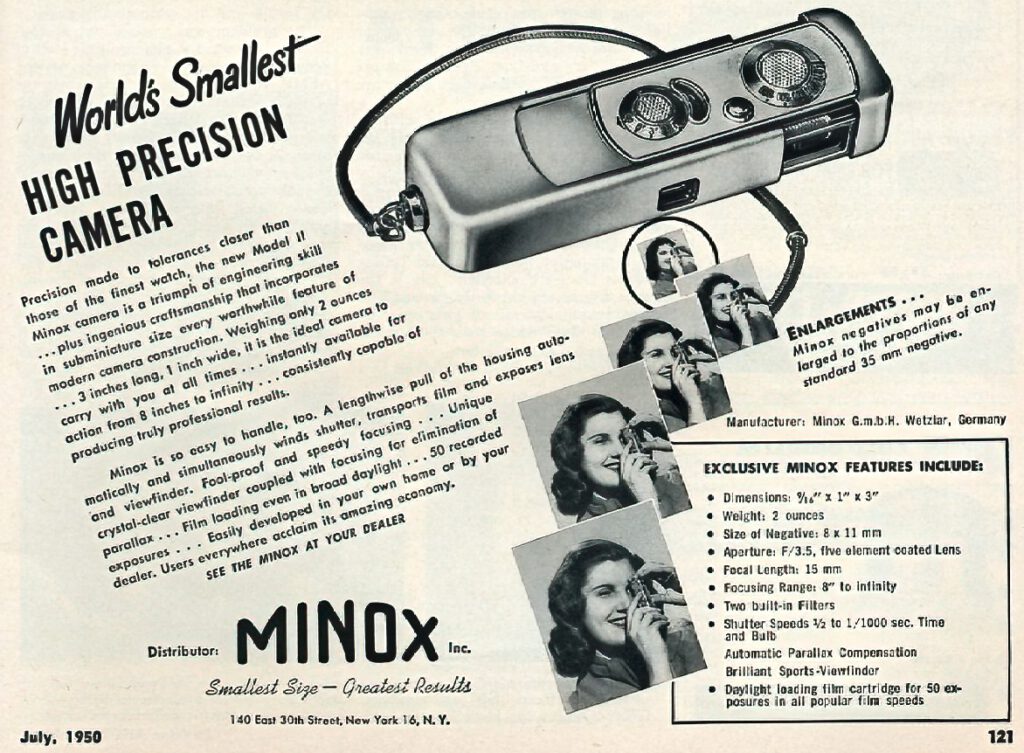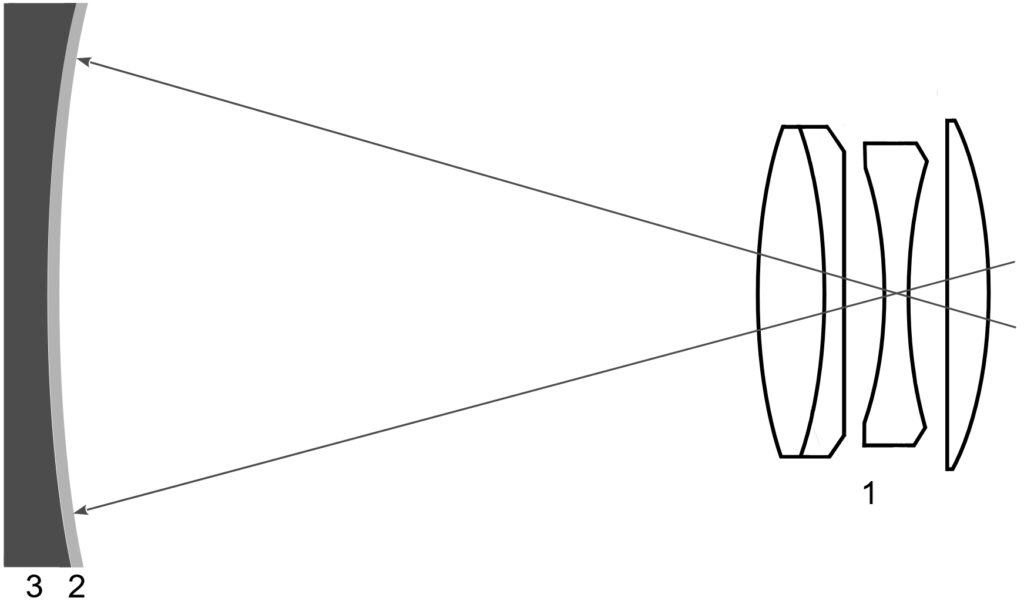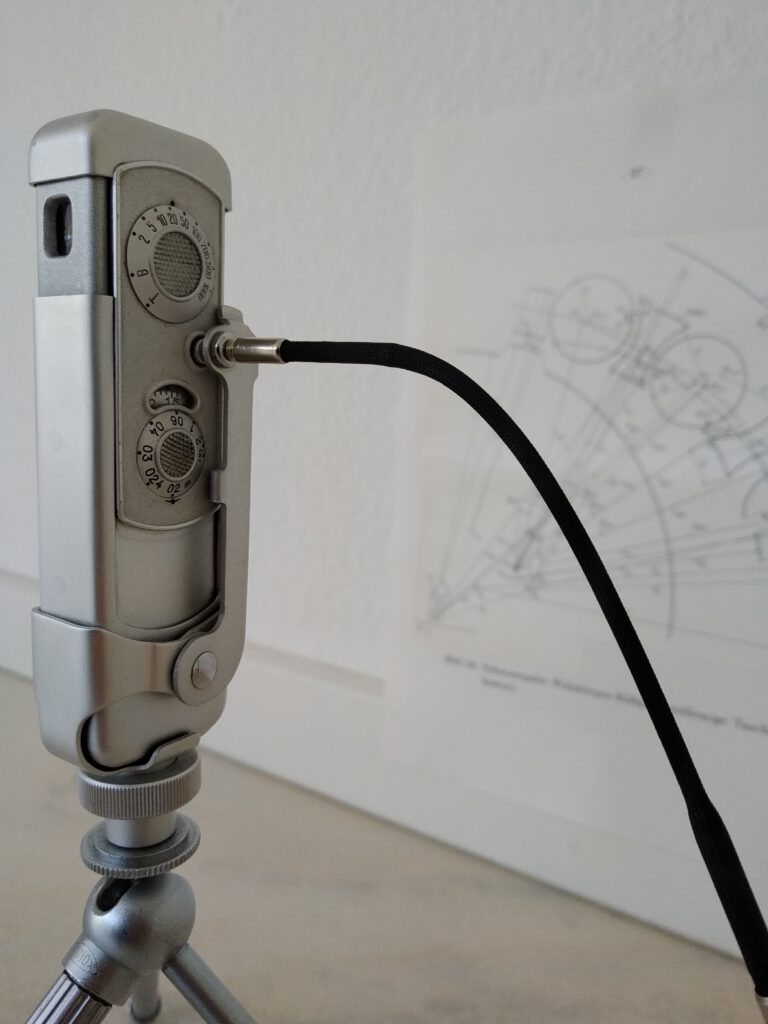Page Contents
Introduction
While the Riga Minox was Walter Zapp’s big hit, the Minox A was his culmination of that vision. What’s so special about this camera?
- It is the last Minox model that was completely designed by Walter Zapp. Only the flash synchronization of the Model IIIs no longer came from him. All later Minox models were only developed after he had already left the Minox company.
- It is the smallest of the post-war models. The Minox EC is even smaller, but does not belong to this model series.
- The later models B, BL, C, LX offer no significant further advantages apart from exposure metering or exposure control. But they are all significantly larger than the Minox III. For cameras whose main design goal is tiny size, this is a crucial point.
- In my experience, the Minox III takes equally good pictures as its successors. So if you can expose according to Sunny 16 – and that’s easier with today’s films than it was 70 years ago – the later Minox models offer no advantages. But they are bigger. From this point of view I think the Minox C is the worst in this regard.
- The Minox A was the first Minox model intensively mass-produced and sold for more than 20 years between 1948 and 1969 (Model II from 1948, model III from 1950, model IIIs from 1954).
That sounds convincing, but what else do the Minox A make me smile? No other Minox is so small, so light, so quiet and feels so good!
New technical features of Minox III
Although Walter Zapp had created a technical marvel out of nothing with the Minox I, he realized from the practical use of this camera that he could still improve a few things. After the war and with new financial sponsors, he had the opportunity to do so.
The COMPLAN lens
Compared to the Minox I and II, the lens has been completely redeveloped bei Arthur Seibert, Wetzlar. The COMPLAN consists of four lenses, the rear two of which are cemented together.
After the MINOSTIGMAT and the PENTAR, the COMPLAN was the third lens design for the Minox. In addition to better correction of lens errors, the development goal was to significantly improve the edge sharpness compared to the MINOSTIGMAT. The various lens errors cannot be corrected independently of each other. The correction of field curvature in particular – one of the most difficult lens errors to correct – amplifies the other lens errors.
The basic idea was to allow the image field curvature to be not corrected so that the other lens errors could be corrected all the better. In order to finally correct the curvature of the image field, the film in the Minox III is curved by the pressure plate when the picture is taken. This is done to exactly the same extent as the curvature of the COMPLAN lens. The curved film pressure plate elastically deforms the film into a spherical shape, keeping it curved parallel to the curvature of the lens. In the end, the image field curvature is eliminated. COMPLAN is therefore the abbreviation for film plane compensation.
The Minox with COMPLAN lens (“COMpensating PLANe”) was available from 1951. It is named Minox III because it was preceded by the Minox II (1948 – 1951) with the PENTAR lens, which had been a faulty design with the so-called “film lens”.
To reduce reflections, the lenses were coated with vapor-deposited layers. From the mid-1950s, the COMPLAN was also color corrected. The high-precision lens allows focussing from 200 mm (8 inches) to infinity.
Shutter and escapement
The shutter and escapement were completely redeveloped compared to the Minox I. I have described the whole mechanism separately in detail (→ Minox exposure system).
The one-piece guillotine shutter of the Minox I was replaced by two blades made of stainless steel sheet. This changed the whole concept. While the shutter blade of the Riga Minox moves in two steps, the Minox III has one blade each for opening and closing the lens. Each blade is only moved once. This makes the shutter considerably more complicated in its mechanical construction. At the same time it is more sensitive due to the extremely thin blades, which are subject to high stress during the acceleration phase.
The escapement of the Minox I apparently had problems when joining the different materials (brass, steel), which led to rejects during production. For this reason, and also because of the new design of the shutter, a new escapement was developed.
Additional features
Viewfinder with automatic parallax compensation
The viewfinder has been completely redeveloped. It has a brighter illuminated frame viewfinder. The eyepiece of the viewfinder is rectangular and significantly larger.
However, the automatic parallax compensation was already available on the Minox I.
The video on the right shows the lever which is moved by the distance dial on the right side (normally, but here the distance dial has been removed) and pivoting the viewfinder accordingly on the left side. Note the proportions. The complete viewfinder is only 9 x 17 mm.
Further information and a video of the parallax compensation seen from the outside here.
Measuring chain
The safety chain socket is a new feature that not only holds the measuring and safety chain, but also other accessories.
Tripod adapter
The most important is the tripod adapter with cable release:
My Minox III cameras
My three Minox III cameras are very different. Read more on the individual history character:
Minox IIIs 69569 from 1954: La Bête
Minox IIIs 124507 from 1957: La Belle
Minox IIIs 124851 from 1957: La douce









